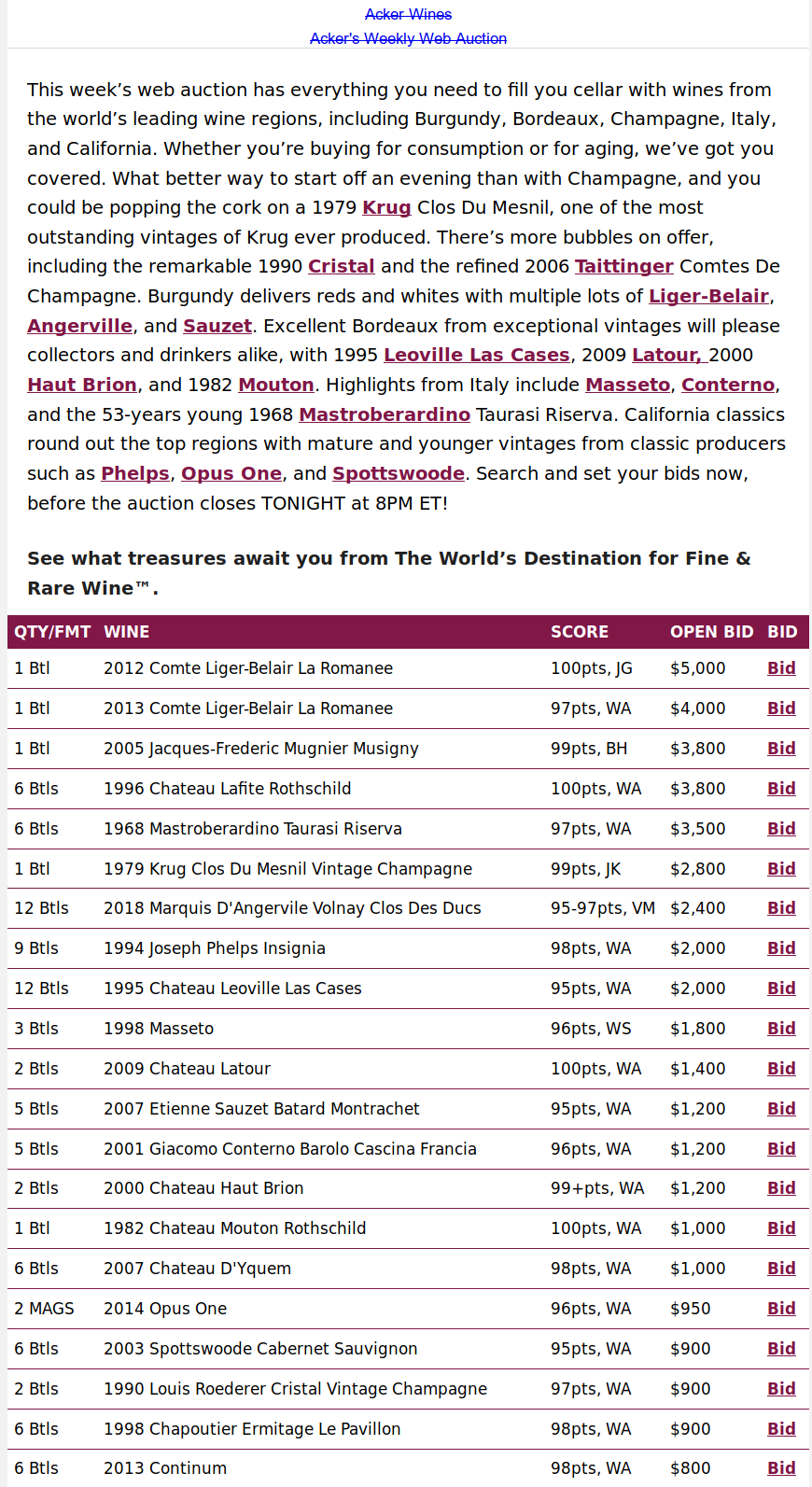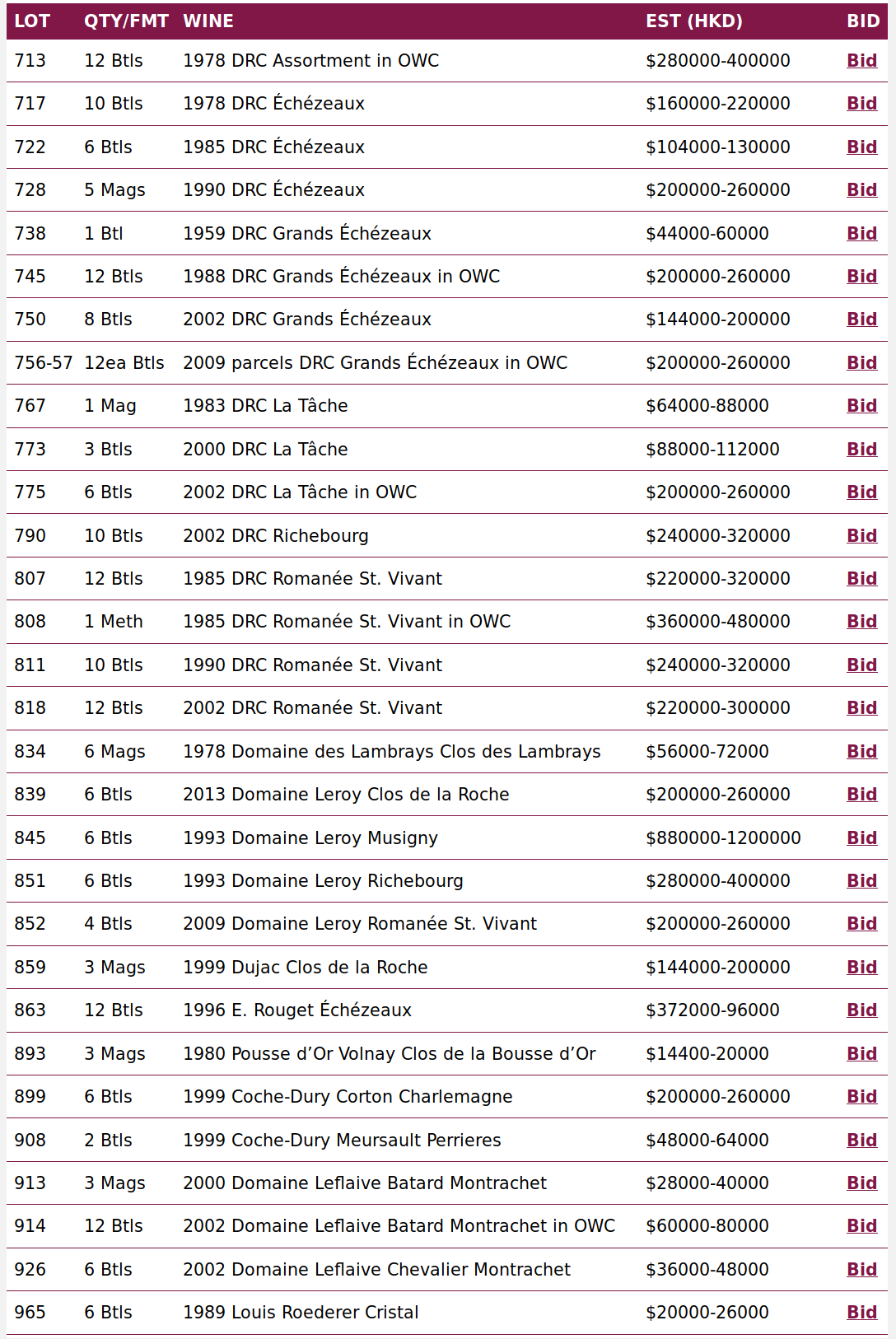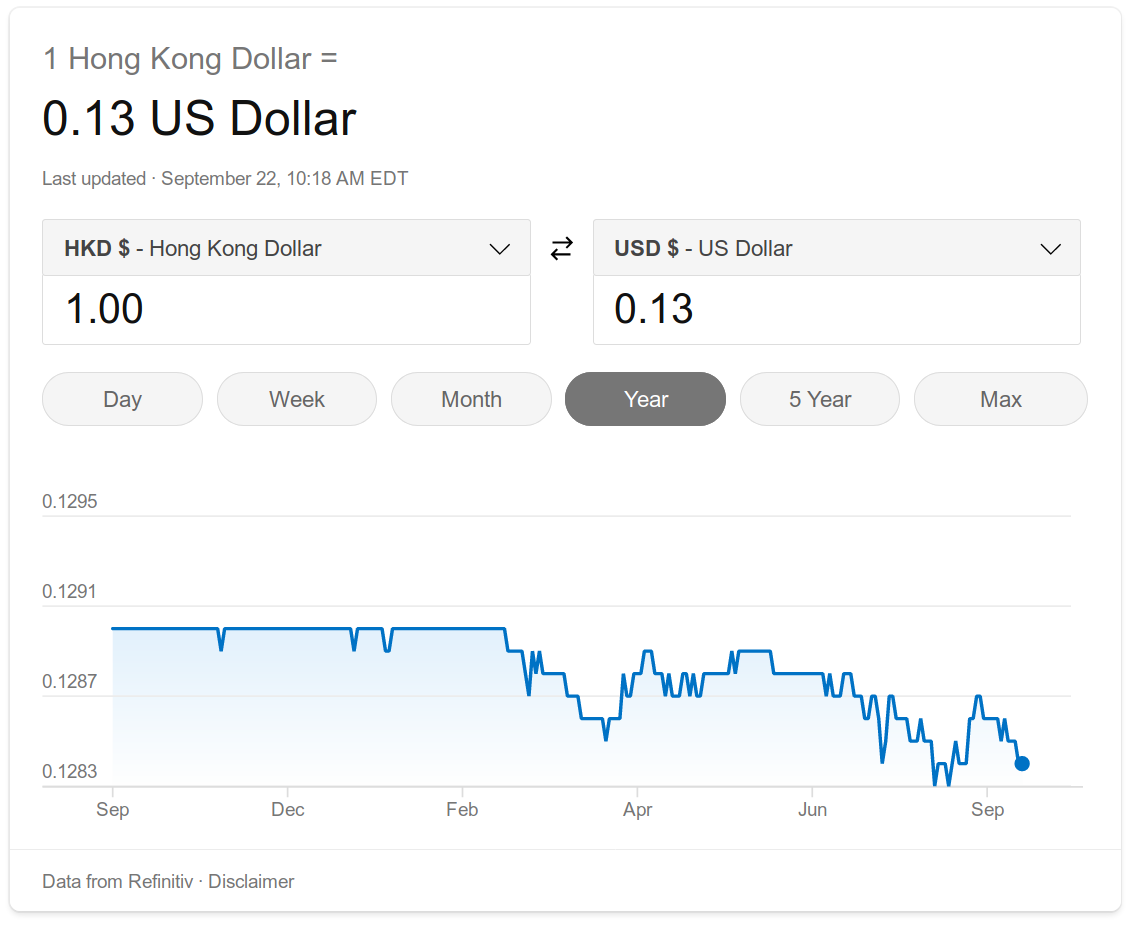Last legs? You need to try more Burgundies from top older vintages like 1985 and 1993. A lot of 1996s and 1999s are still too young.
From what I’ve read on this board, you might want to check in Mr. Weinberg’s or Mr. Holmes’ cellars. Looks like a nice place to start.
Sorry for the useless posts today…
Check with Rudy, John, and Allen. ![]()
Yes, all true. Sort of. Clearly, there is much less Burgundy produced.
However, out of the 107 hectares of Lafite, perhaps an average of 50 hectares is used for Lafite, the same for Mouton and other vineyards because most of the top vineyards use between 35% to 50% of their crop for the Grand Vin, with the remainder going to second, third and even 4th wines, or sold in bulk.
Still, very little Burg is produced and not much backstock is around.
.

.
I have to confess that seeing [a possibly authentic] 1996 Lafite at $3800 does make me feel just a little bit old.
I checked the 1999 Wine Spectator Top 100, and their price estimate for the 1996 Latour was $232, so Lafite was probably a similar price back then.
I have to confess that seeing [a possibly authentic] 1996 Lafite at $3800 does make me feel just a little bit old.
I checked the 1999 Wine Spectator Top 100, and their price estimate for the 1996 Latour was $232, so Lafite was probably a similar price back then.
That’s the open bid for 6 bottles.
That’s the open bid for 6 bottles.
Thanks!
That makes me feel a little younger.
.

.

.This morning it looks like the HKD is about 0.1284 USD, so
400,000 HKD = (400,000) * (0.1284) = $51,360 USD,
plus or minus some currency transaction fees.
.
To add to the volume discrepancy/difference, how many Burgundy producers, as a % of the total, produced age-worthy, quality products in the 80’s, 90’s, and 00’s?
Aside from a few monopole wines (notably a couple of the DRC wines), there are so many makers of many/most GC’s and premier cru’s. Just because a wine was a Clos Vougeot didn’t ensure it was high quality or age-worthy. So, you need to reduce the Burgundy volumes by a significant percentage of makers whose wines weren’t up to snuff or likely wouldn’t age well.
From a historical perspective, say circa 2000, what percentage of GC’s or premier cru’s would really have generated confidence in their ability to age? Without that confidence, and no certain market for the wines if they were held for many years, most were likely consumed quite early. ‘Everyone’ knows that Bordeaux are meant to be aged, most folks wouldn’t say the same for Burgundies. Plus, younger Burgundy tastes excellent, whereas with many Bordeaux, not so much.
there aren’t many, they are in our cellars, and we aren’t selling. It’s not more complicated than that.
Is one factor (of course not the only one or biggest one) that Burgundy may tend, on average, to be consumed younger than Bordeaux?
For all the ageworthiness of good Burgundy, it can usually reasonably be drunk and enjoyed at younger and medium ages too, at ages when upper tier BDX or Barolo doesn’t (or didn’t used to at least) show well.
I don’t mean the Alan Weinbergs of the world, but I might guess some Burg drinkers may drink some of their bottles younger.